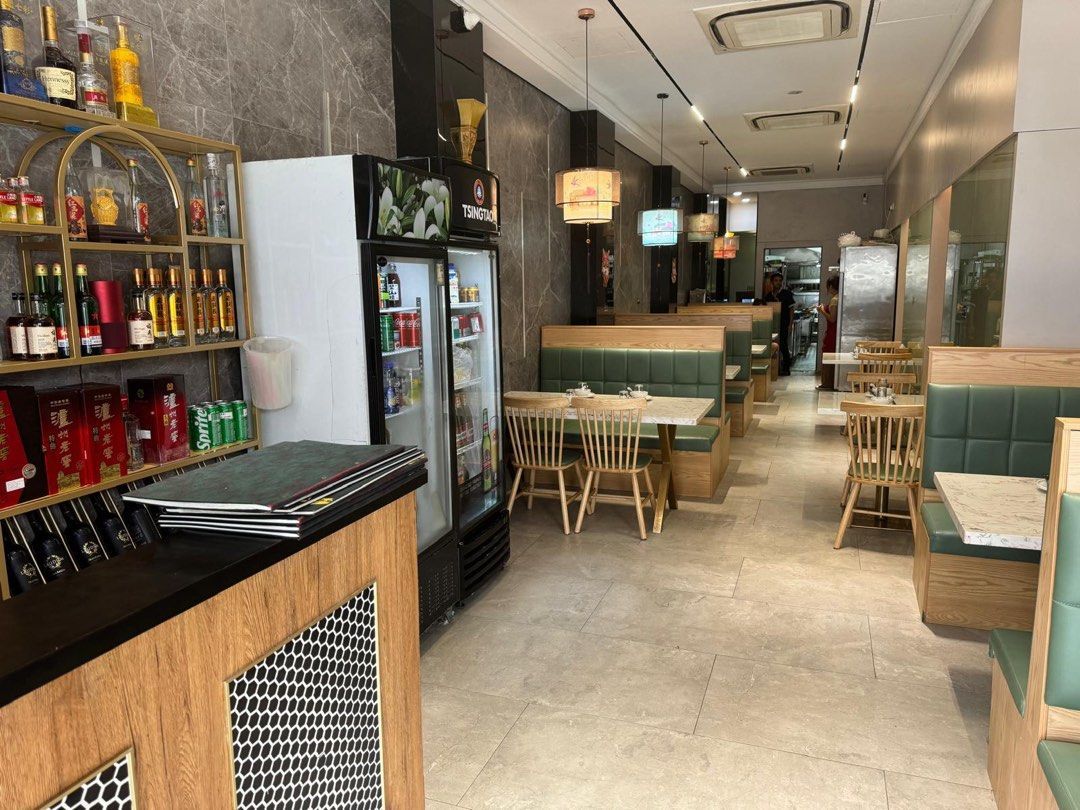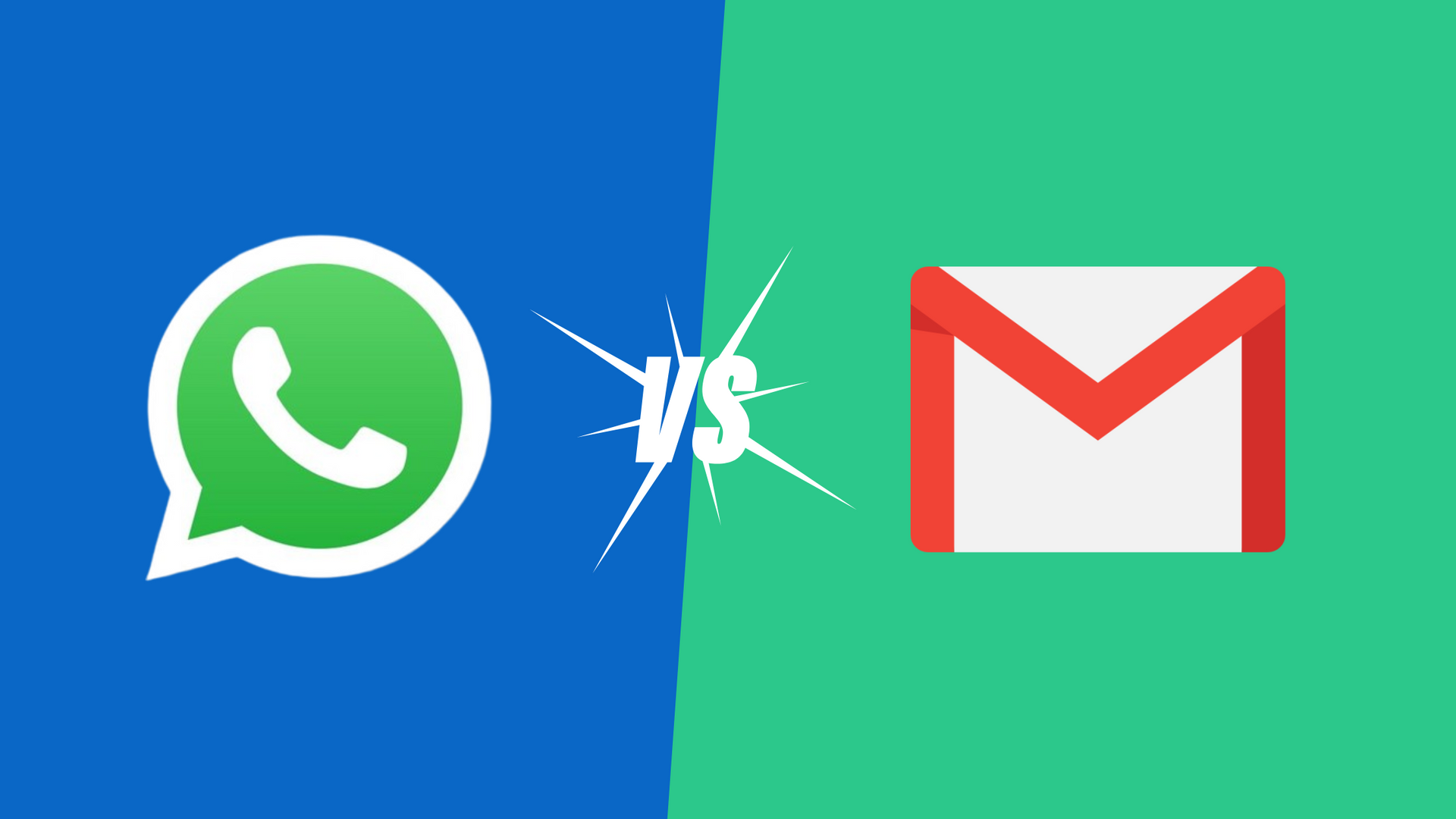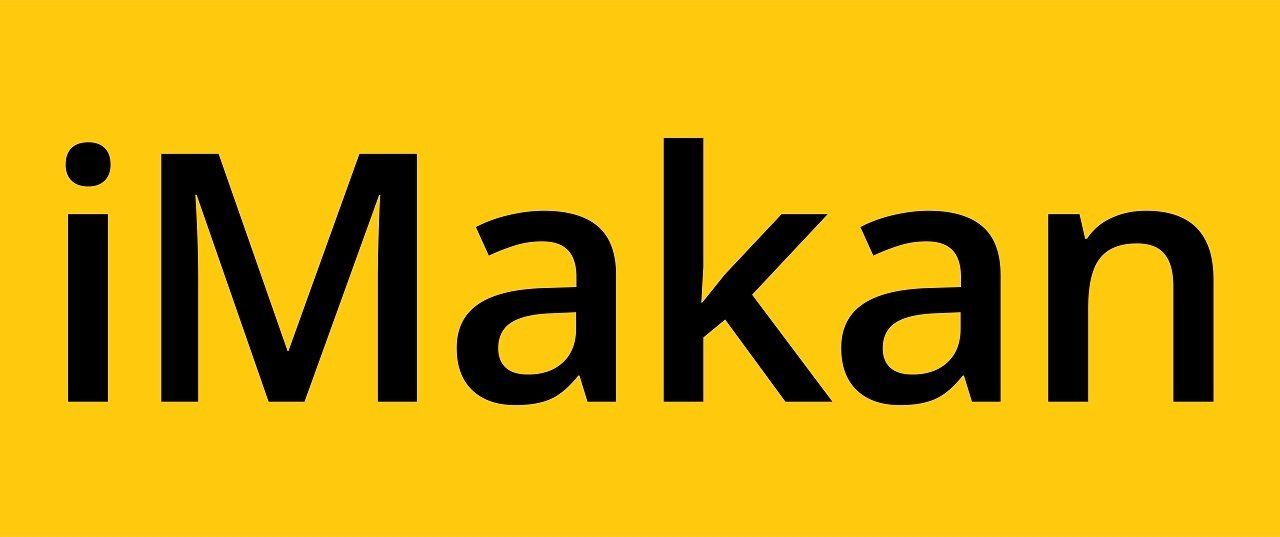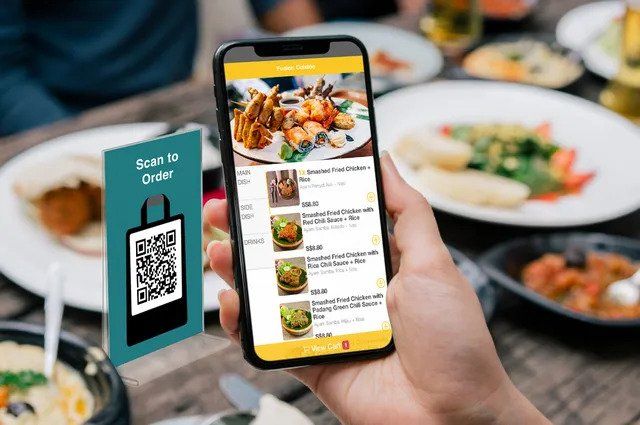In the dynamic landscape of the Food & Beverage (F&B) industry, the evolution of dining experiences has been marked by the integration of cutting-edge technologies. This article looks into the journey of self-ordering systems, exploring the intricate process from placing an order to the moment it arrives at your table. See how self-ordering, self-ordering kiosks, and QR ordering, transforming the way we dine.
The Rise of Self-Ordering in F&B
Empowering Customers:
Self-ordering systems redefine the dining paradigm by placing unprecedented control in the hands of patrons, marking a profound shift toward customer empowerment. With intuitive interfaces, diners transition from passive observers to active participants, perusing menus dynamically and exploring culinary options at their own pace. This newfound autonomy extends to the customization of orders, allowing individuals to tailor each dish to their unique preferences and dietary requirements. From adjusting portion sizes to selecting specific ingredients, customers are no longer constrained by traditional menus, enjoying a personalized gastronomic journey that aligns seamlessly with their tastes. This customer-centric approach fosters a relaxed and enjoyable dining atmosphere, where patrons savor not just the flavors on their plates but also the freedom to shape their culinary experience according to their desires.
Browsing and customizing at customer's own pace:
Self ordering systems allow customers to take their time exploring digital menus without the social pressure of wanting to quickly complete their order when a staff is taking orders from them. It is easy for them to change and modify their orders, making sure they get exactly what they like to eat.
This way, choosing a meal becomes a personal experience with tasty options just the way customers prefer.
Types of self ordering systems
Self-Ordering Kiosks
Self ordering kiosks bring about a convenience to customers, enabling them to make orders and payments through user friendly interfaces. The self ordering kiosk's intuitive and engaging interfaces encourages patrons to explore your F&B menu allowing them to discover new dishes which increases bill sizes. Self order kiosks also facilitates order modification ensuring seamless order placement.
This is how self ordering kiosks streamlines the ordering process and contributes to an enhanced overall dining journey, where patrons effortlessly navigate choices and customize their orders with newfound ease.
QR Ordering
QR ordering is a game-changer in the self-ordering technology. It revolutionizes the traditional F&B dining experience. Patrons can effortlessly scan QR codes and browse an interactive and intuitive digital menu on their smartphones.
With QR ordering, the ordering process is made much more convenient for customers which makes them more likely to explore, customize, and place their orders, thereby helping F&B businesses increase bill sizes, boost order taking efficiency, & elevate the entire dining experience.
Behind the Scenes: How Orders are Processed
Seamless Communication with the Kitchen:
Behind the scenes of self-ordering, the orders are sent digitally to the kitchen in real time. This helps the kitchen staff prepare orders with accuracy. With quick digital communication between self ordering and the kitchen, waiting time is reduced, which boosts table turn over and service times which is beneficial to both F&B owners and their customers.
The Future of Dining: Embracing Technological Elegance
With self-ordering kiosks QR ordering, the F&B industry and customer dining experience is evolving from pen and paper ordering and order management to fully digitalised, convenient and personalised self ordering. The integration of POS, self ordering systems and kitchen systems isn't just cool; it's changing how we dine out.
Looking to digitalise your F&B business's ordering process with self ordering systems? Click
here
to contact us and understand more about self ordering kiosks, QR ordering & online ordering systems for F&B businesses!











